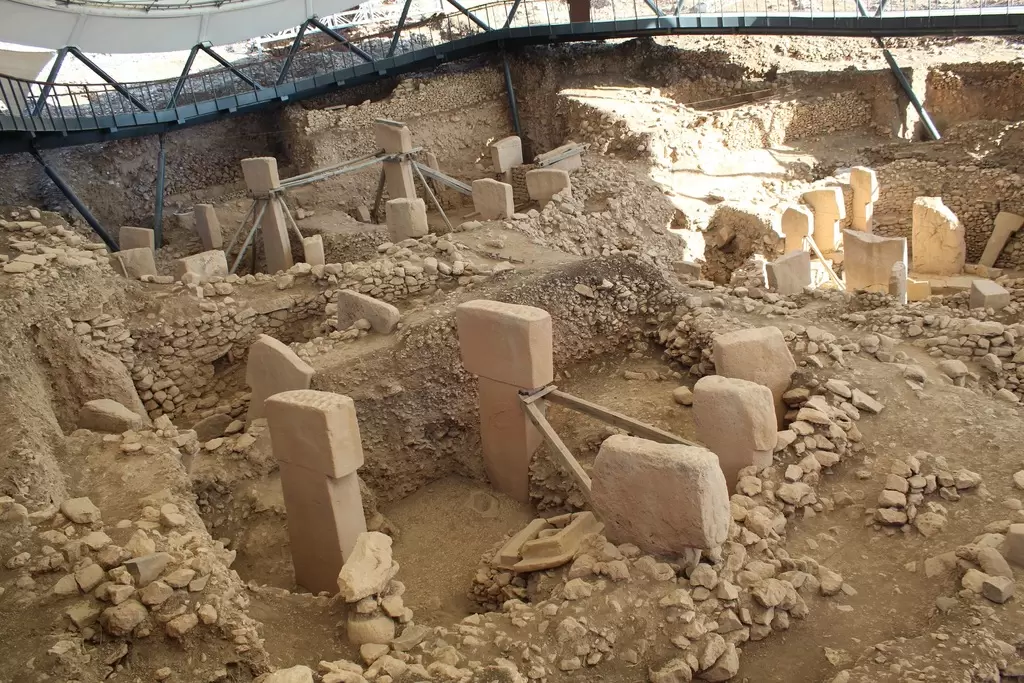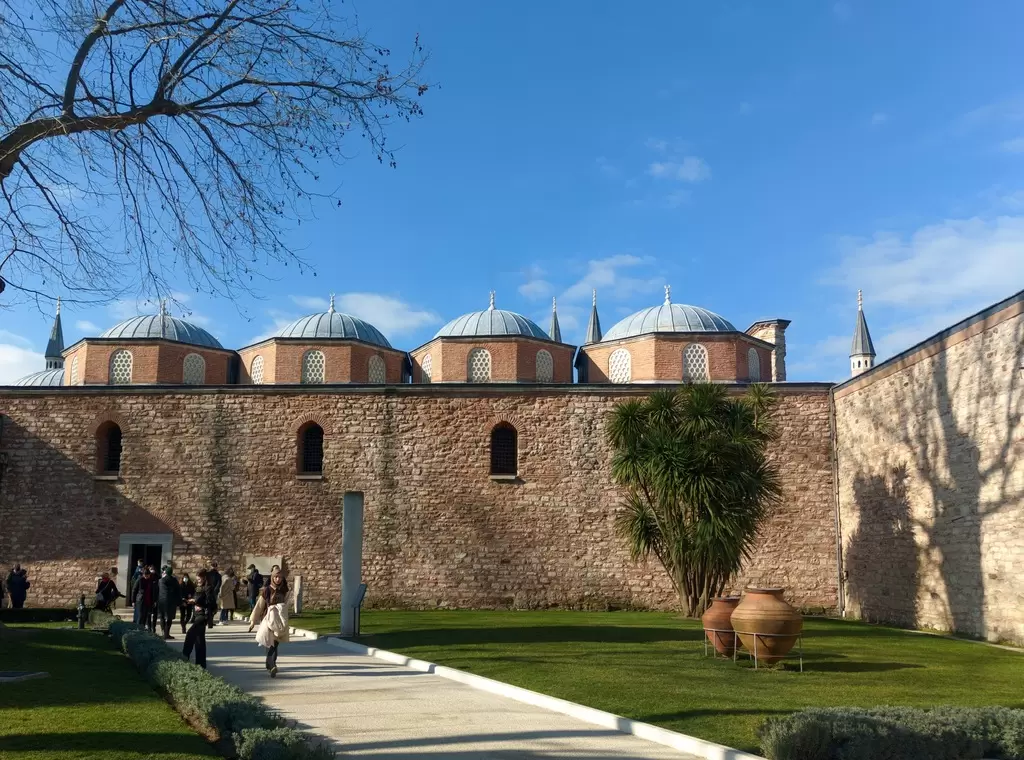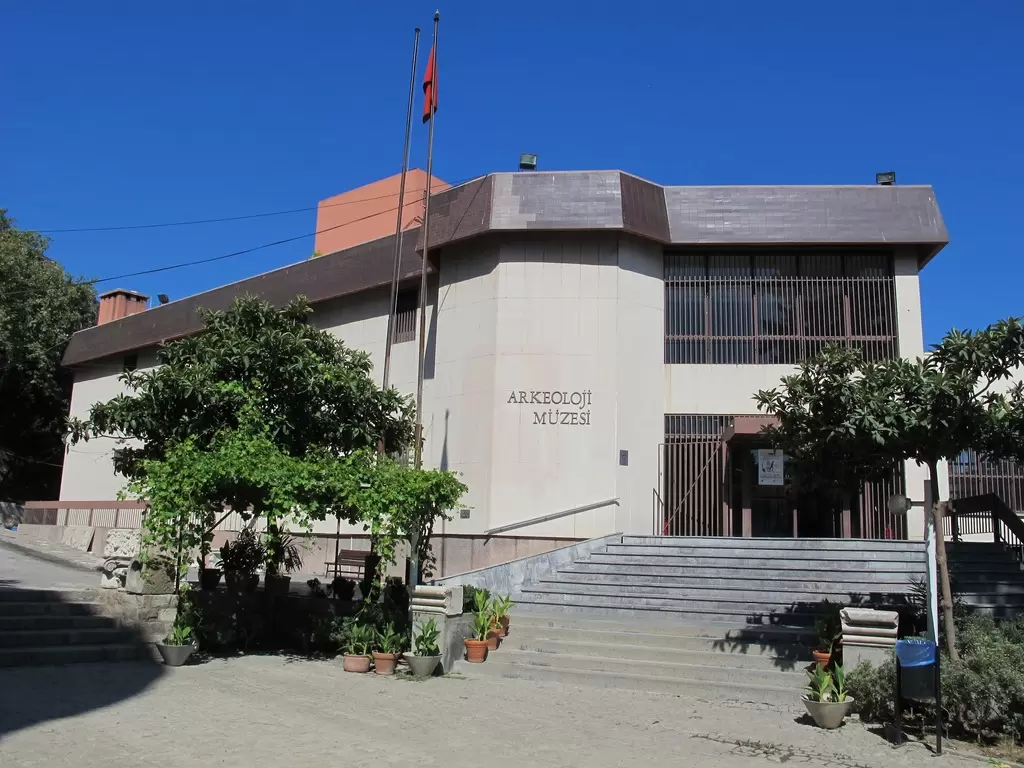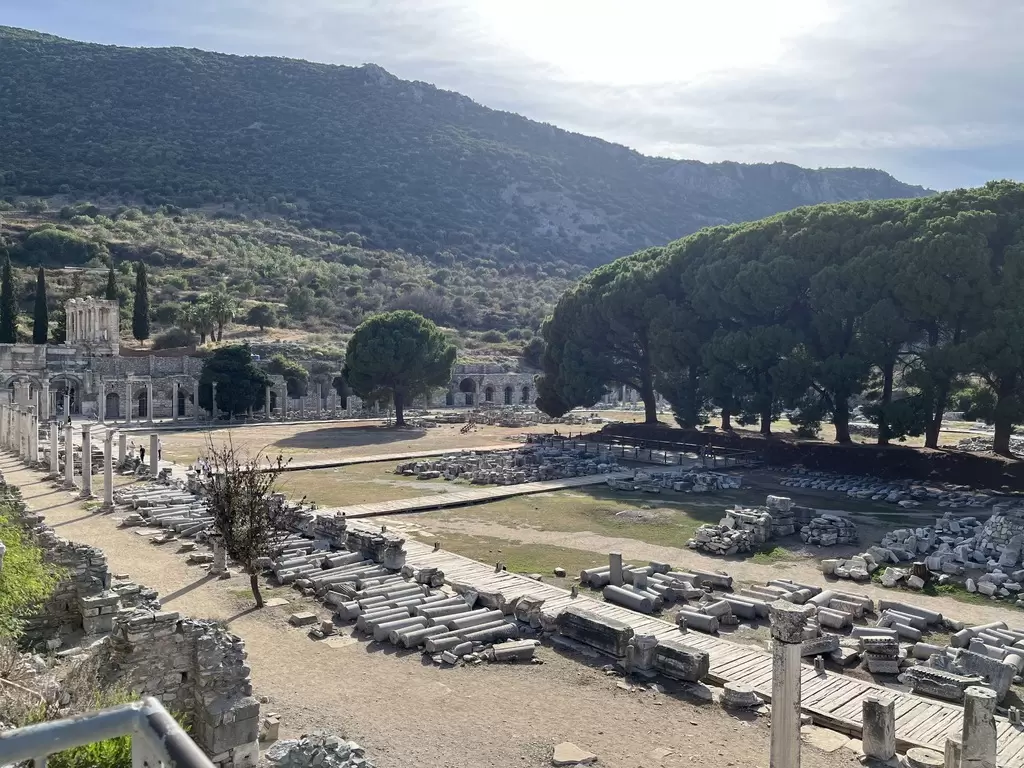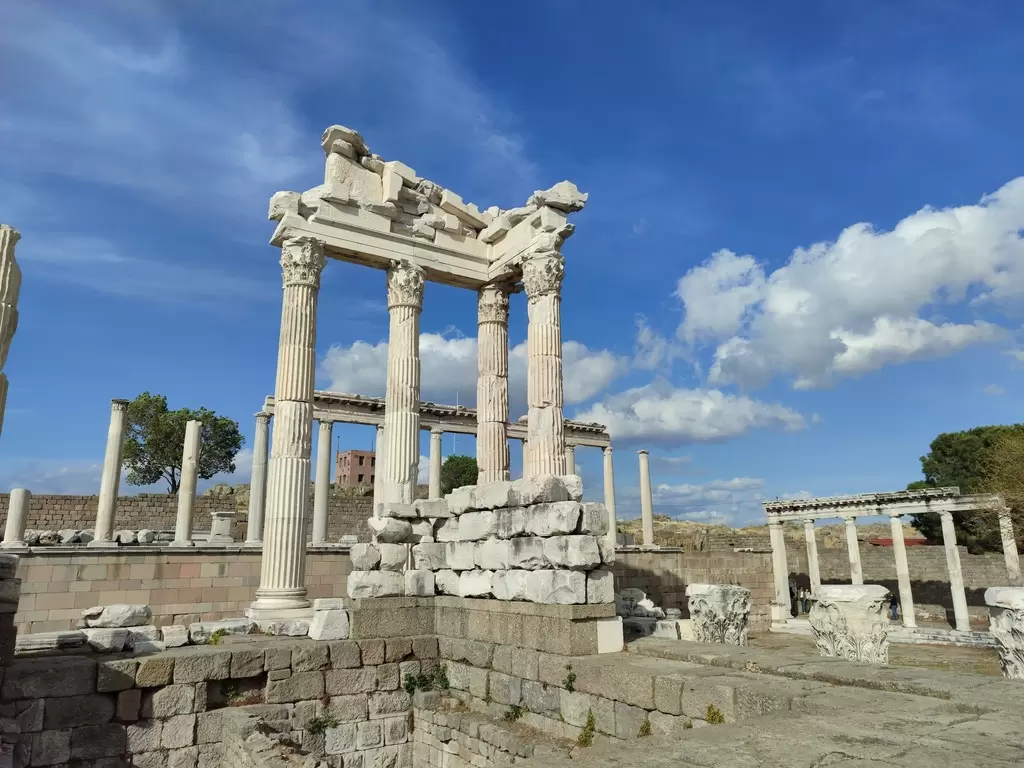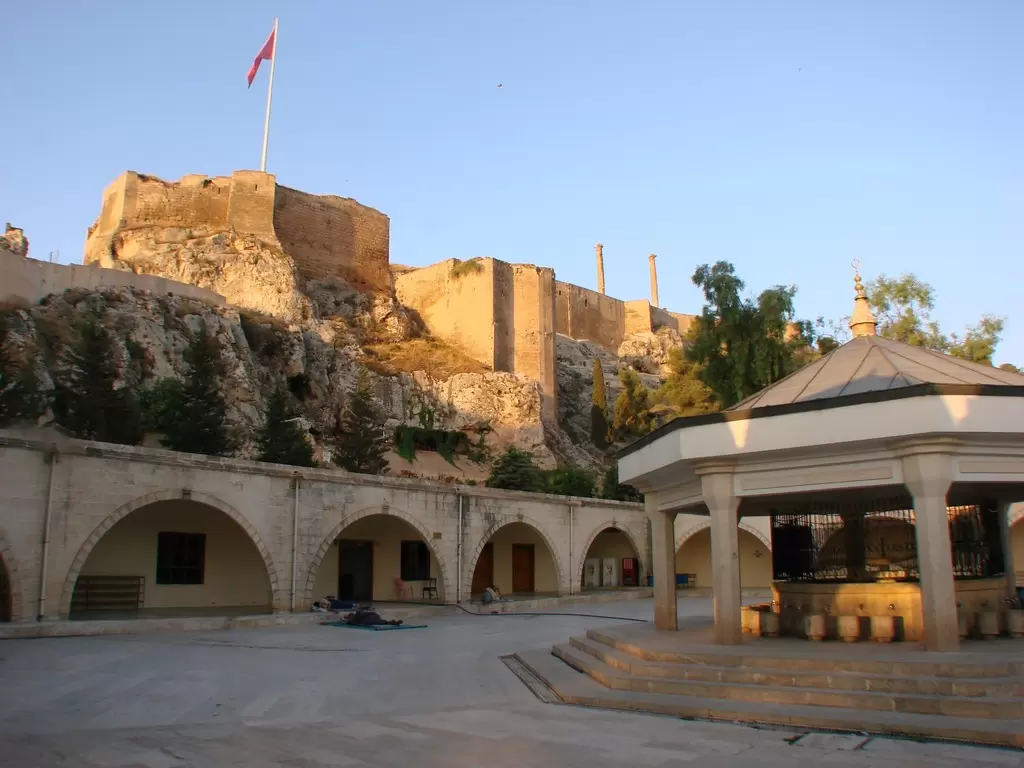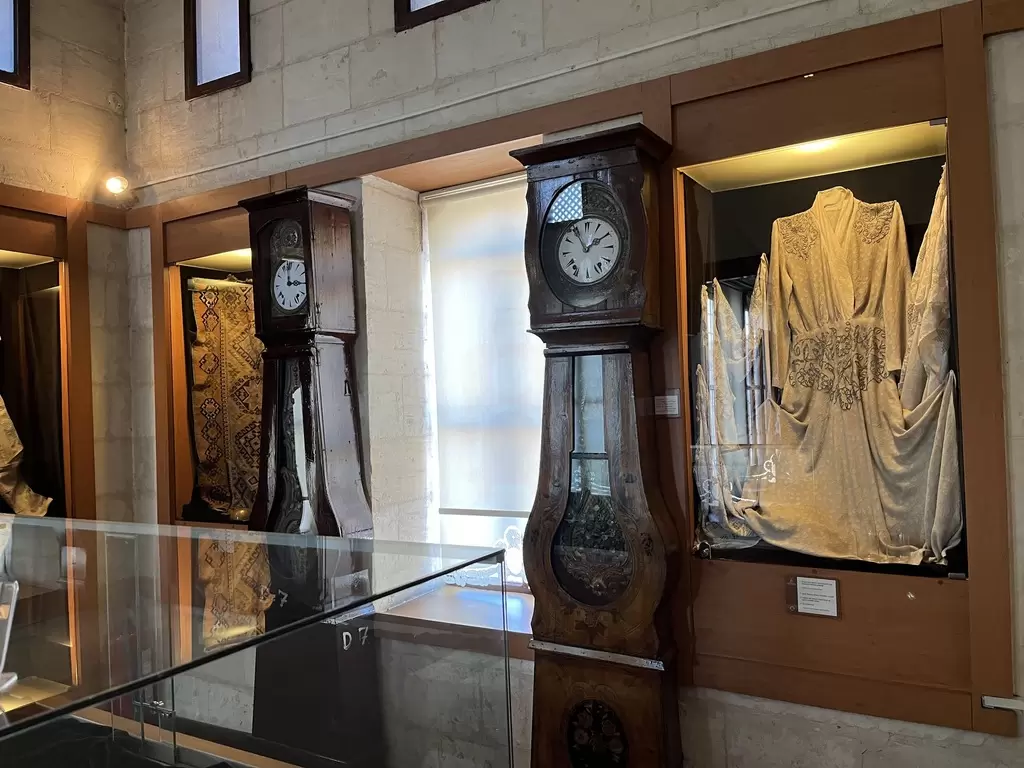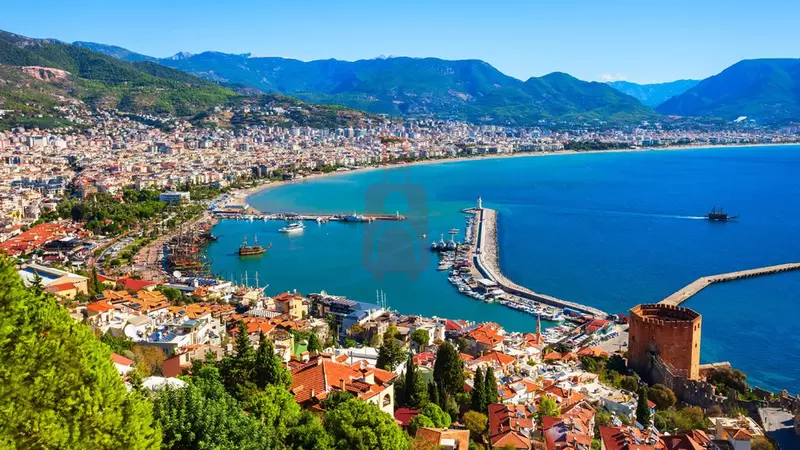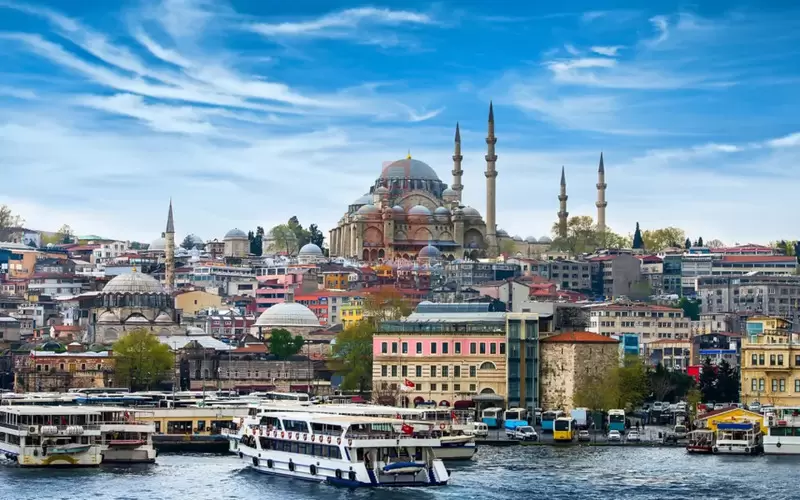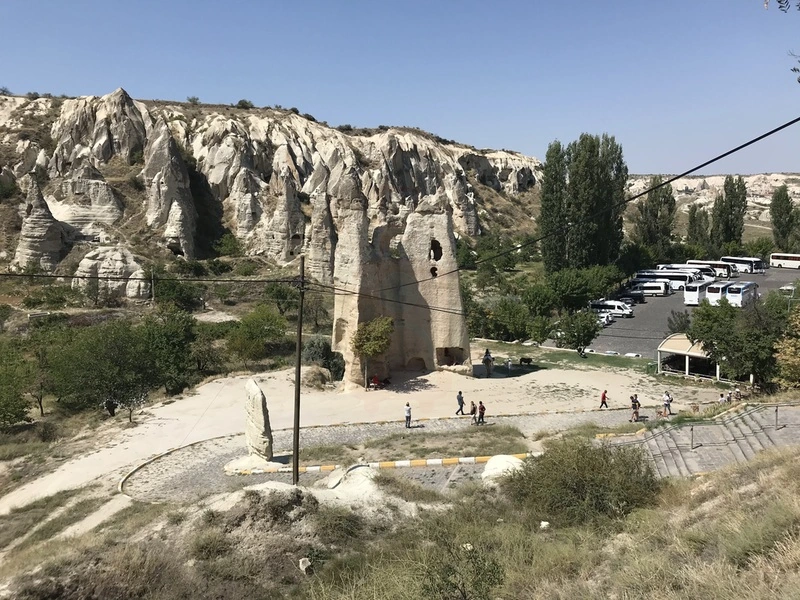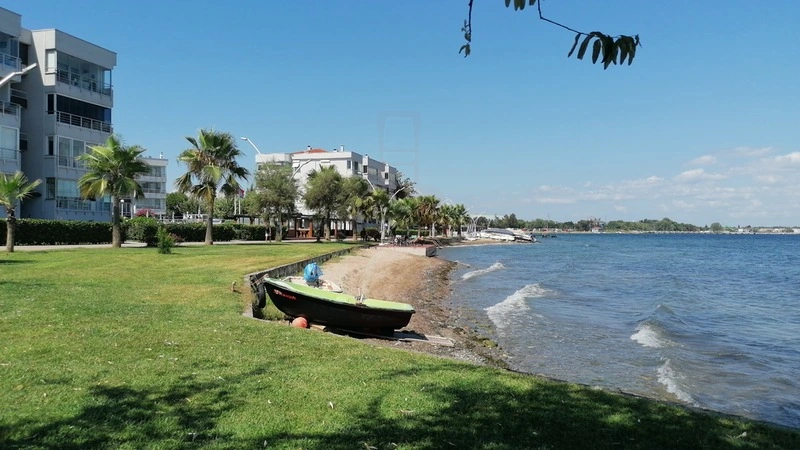Guided Tours in Türkiye: Expertise, Efficiency, and Unveiling the Layers of History
For many travelers, particularly those on a tight schedule, those visiting historically complex sites, or those managing a [Group Trip] (the Parent Services Group), a [Guided Tour] is not a convenience—it is a necessity. Türkiye's profound historical and cultural depth means that a professional, licensed guide transforms a simple visit into a profound educational experience, effortlessly handling logistics while revealing hidden narratives and ensuring privileged access.
As your professional guide, I assert that a guided tour is the most efficient and enriching way to experience Türkiye. Guides provide the necessary expertise to interpret layered history, manage complex transportation, and guarantee compliance with site-specific rules (e.g., at certain UNESCO sites, guides are mandatory for groups). This detailed guide focuses on the major benefits and the essential guided routes that define travel in Türkiye.
I. The Core Value of Professional Guidance
A professional, government-licensed Turkish tourist guide provides benefits that extend far beyond simply leading the way:
- Historical Interpretation: Sites like [Hagia Sophia] or [Göbeklitepe] contain multiple layers of history (Neolithic, Hittite, Roman, Byzantine, Ottoman). A guide provides the [Expert Context] needed to understand the significance of each era, turning ruins into living history.
- Logistical Efficiency: Guides eliminate all stress related to movement. They manage transport, purchase tickets in advance (often bypassing long queues), and navigate local traffic and protocols. This [Time-Saving] feature is especially crucial for groups and short [City Breaks].
- Language and Culture: Guides act as essential cultural and linguistic bridges, facilitating communication with locals, explaining complex cultural norms (e.g., visiting a [Mosque] or haggling in the [Grand Bazaar]), and providing access to authentic, non-touristy local eateries.
- Compliance and Safety: For complex sites or high-risk activities (like [trekking] on the [Lycian Way] or [rafting] on the [Fırtına River]), a certified guide ensures the group adheres to safety protocols and site regulations, which are strictly enforced, especially at UNESCO sites like [Efes Antik Kenti].
II. Essential Guided Tour Circuits
Türkiye's best tours follow tried-and-true routes that maximize historical and natural diversity in a manageable timeframe.
1. The Historical Classic: Istanbul and Western Anatolia
This route is a must for first-time visitors and history enthusiasts.
- Istanbul Focus: A guide's expertise is paramount in the [Historical Peninsula]. Tours typically cover the [Topkapi Palace], [Blue Mosque], [Basilica Cistern], and a guided walk through the [Sultanahmet] area, often followed by an evening [Bosphorus Dinner Cruise] with Turkish entertainment.
- Aegean Archaeology: A guided tour from [İzmir] efficiently covers the vast and detailed sites of [Ephesus Ancient City] and [Pergamon]. In many group scenarios, an official guide is mandatory for entry and comprehensive access to the site's most significant structures (like the [Celsus Library]).
2. The Central Anatolian Marvels
This route blends culture, natural phenomena, and adventure, ideally suited for groups.
- Kapadokya (Red & Green Tours): The region utilizes a standardized and highly efficient guided system. The [Red Tour] covers the northern, closer valleys ([Göreme Open-Air Museum], [Paşabağları]), while the [Green Tour] covers the wider area, including the deep [Ihlara Valley] and the [Derinkuyu Underground City]. Guides are crucial here for interpreting the history of the [Cave Churches] and navigating the subterranean complexities.
- Anatolian Heartland: Tours often extend to [Pamukkale] ([Hierapolis Antik Kenti]), where guides explain the geological and historical significance of the [Traverten Terasları] (Travertine Terraces).
3. Eastern Exploration: GAP and Black Sea
These specialized tours are often long-haul (multi-day) and require expert regional knowledge.
- GAP Tours (Southeastern Anatolia): A guided [GAP Tour] is essential for navigating the complex historical sites of [Şanlıurfa] ([Göbeklitepe]), [Mardin], and [Gaziantep]. Guides provide cultural context for the distinct architecture and language differences in this multi-ethnic region.
- Black Sea Nature: Guided tours in the [Karadeniz] region (Trabzon, Rize) are focused on nature and logistics, ensuring safe movement between high-altitude areas like [Ayder Yaylası] and historical sites like [Sümela Manastırı] (Trabzon), often involving challenging mountain roads.
III. Choosing Your Guide and Package
When booking a guided tour, clarity about the type of guide and group size is key:
- Group Size: Standard bus tours offer the lowest price point but provide less flexibility. [Boutique Group Tours] (often limited to 8–15 people) offer a better balance of cost and personalization.
- Private Guide (VIP): For the highest level of service and personal pacing, hiring a [Private Licensed Guide] for your exclusive use is recommended. They meet you at your hotel and create a completely flexible, bespoke itinerary.
- Specialization: Ensure your guide's expertise matches the tour theme. For example, a [Gourmet Tour] requires a guide knowledgeable in local gastronomy and Michelin-recommended restaurants, while a [Historical Tour] requires a certified archaeologist.
A [Guided Tour] removes the burden of logistics and preparation, ensuring that your journey through Türkiye is a focused, informative, and unforgettable experience—allowing you to fully absorb the wonders of this ancient land.

